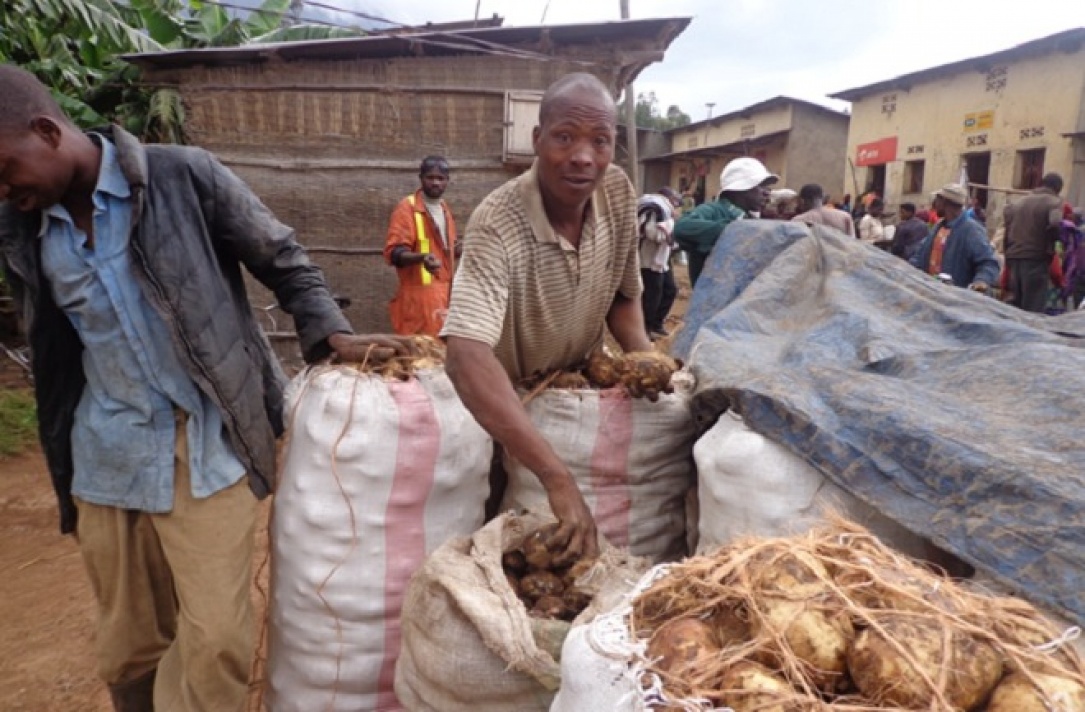
Irish potatoes are Rwanda’s common food crop rich in proteins. Irish production has increased in the past years after research to improve various varieties
Irish potato farmers in Musanze and Rubavu districts will soon get new storage facilities as part of the solution to resolve price fixing and hoarding by middle men in the trade.
The Prime Minister told Parliament on Tuesday that key Irish potatoes growing districts will have storage facilities constructed for farmers as a solution to the problem of postharvest management.
In the next budget 2018/2019 Government plans to construct 10 new cold storage facilities, and 108 food crop storage facilities in Musanze, Nyabibu and Rubavu with capacity to hold 50 tons each.
So far Rwanda has storage facilities with capacity to handle a total of 311, 295 tons of food crops and six cold storage facilities for fruits spread across the country- each handling 140 tons per day.
“This is meant to secure Irish potato growers. We plan to start as soon as possible in the next budget, with plan to expand in other areas. If the produce is stored for a long time and doesn’t get sold they will have to release the produce to avoid decay and losses for farmers,” Dr. Edouard Ngirente, said yesterday.
Ngirente also added that there is a plan to designate land meant for agriculture and the full master plan will come out soon so that farmers know what and where to grow crops.
Construction of storage facilities will benefit farmers like Fidele Hakizima, in Bugeshi Sector, Rubavu district who cultivated Irish potatoes in previous Season-A hoping a harvest of 25 tons, but when the harvesting time came no client turned up.
“Since we have been waiting for client for six months, they have already rotten. They are no longer edible and they can’t even be used as seeds,” Hakizimana told KT Press, regretting the loan he took from the bank for this project.
Irish potato farmers were recently hit by malpractices of ‘price fixing’ and hoarding by middle men creating an increase in market prices, forcing government to intervene.
For example, illegal traders would buy Irish potatoes at Rwf85/kg from a farmer in Musanze and sell to retailers at Rwf280/kg, to make the consumer pay Rwf350/kg at Kimironko market.
Agriculture remains Rwanda’s largest sources of employment. The sector had 39% in 2017 growth from 34% in 2016, contributing 31% to GDP and 35.8 % the employment in 2017.

